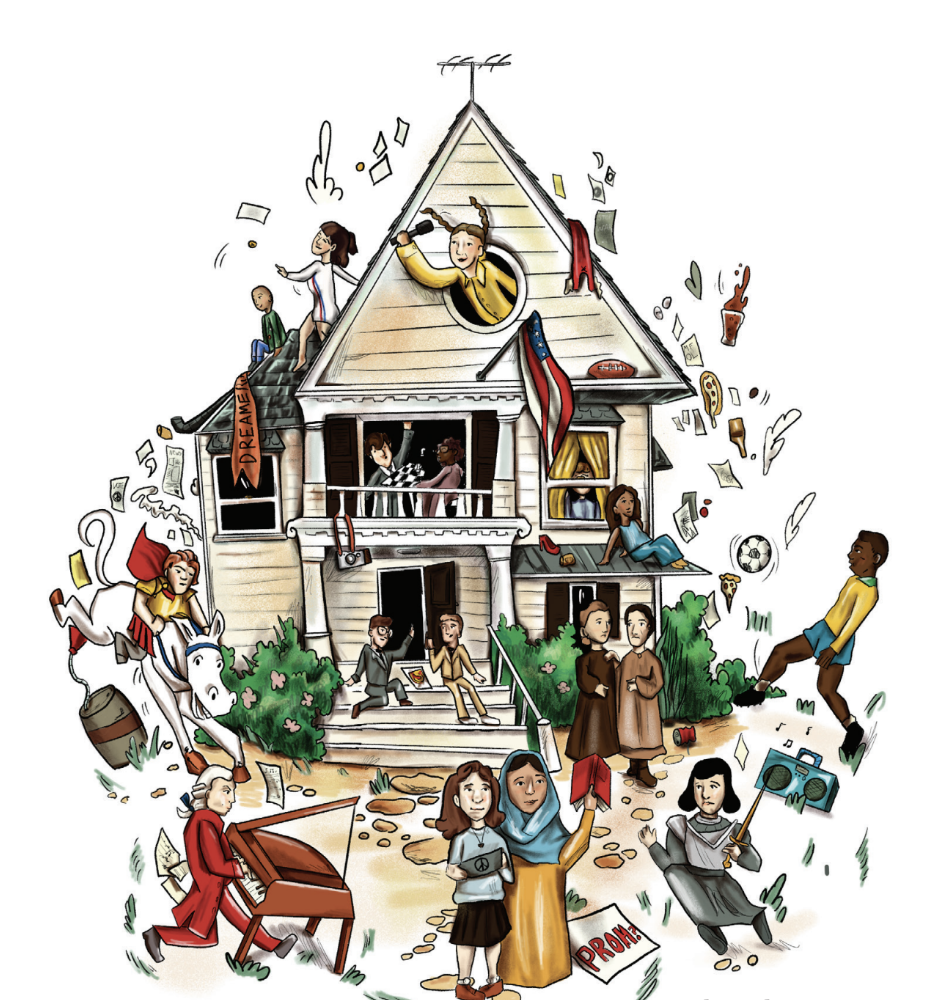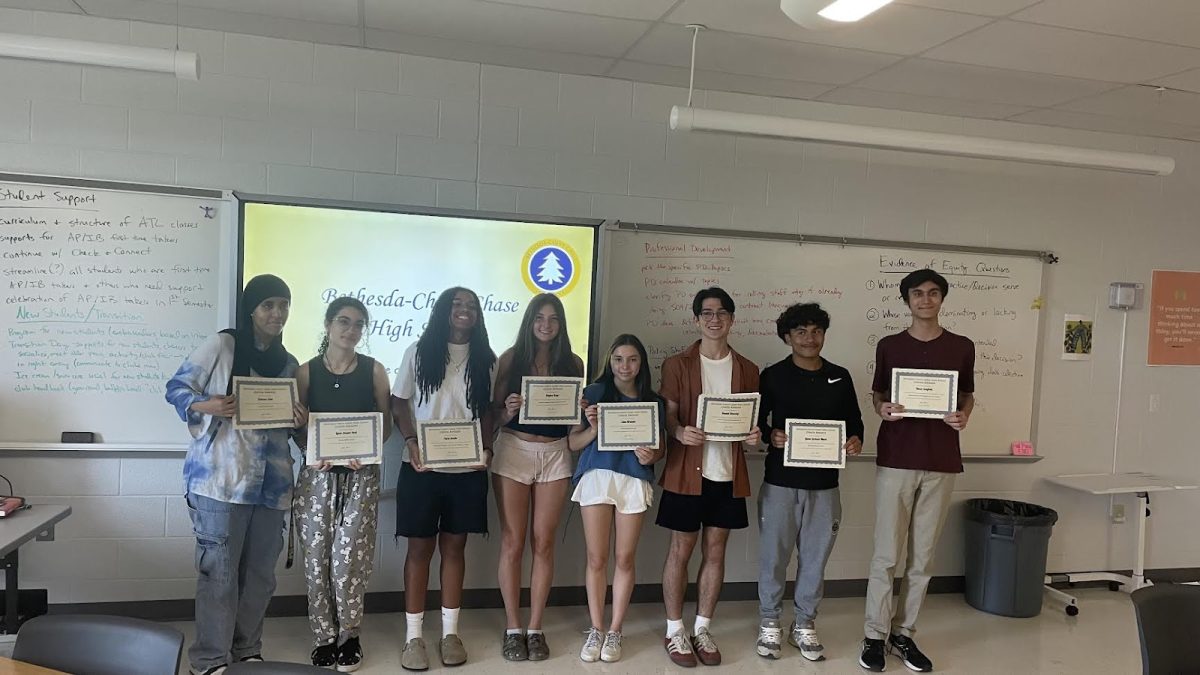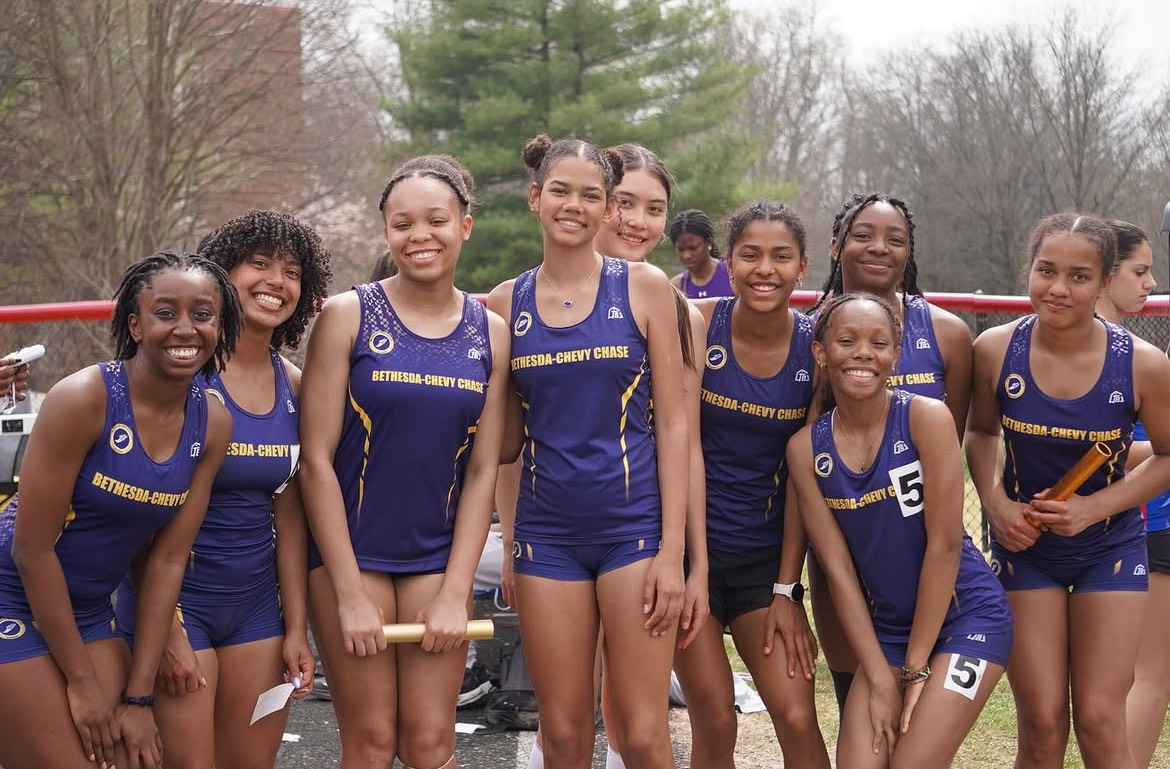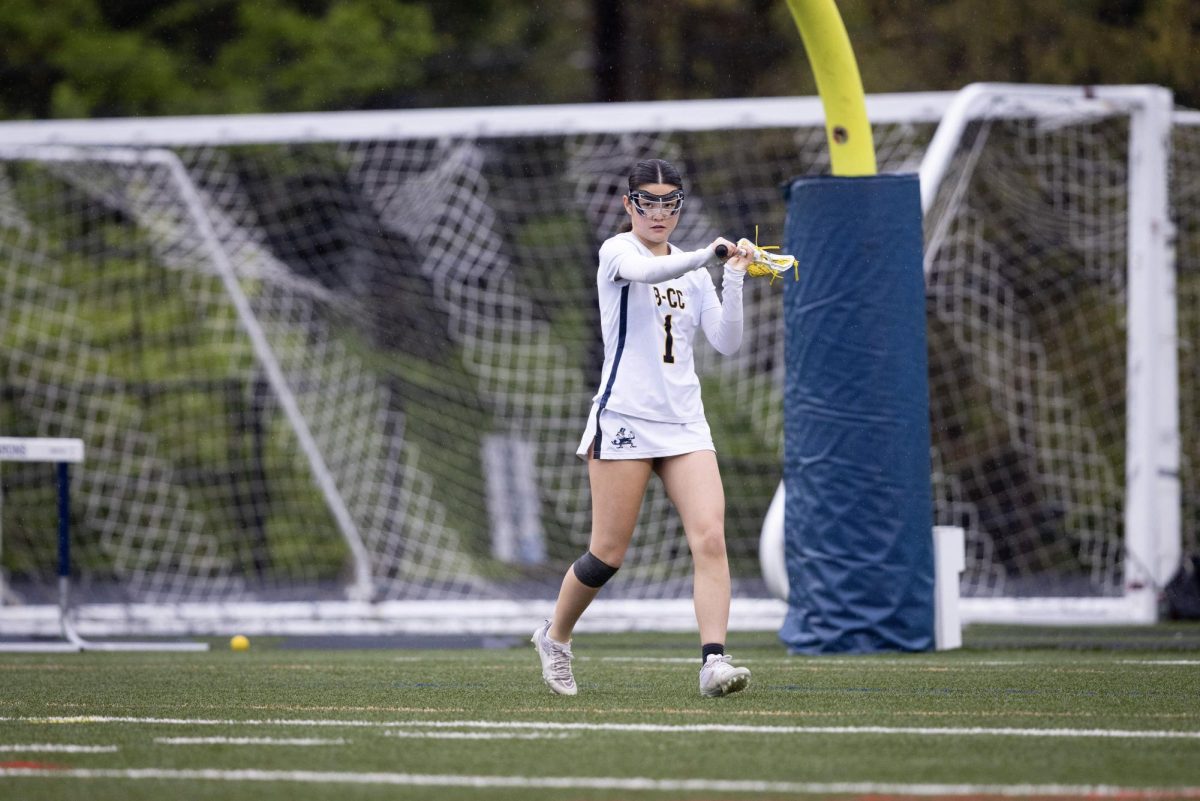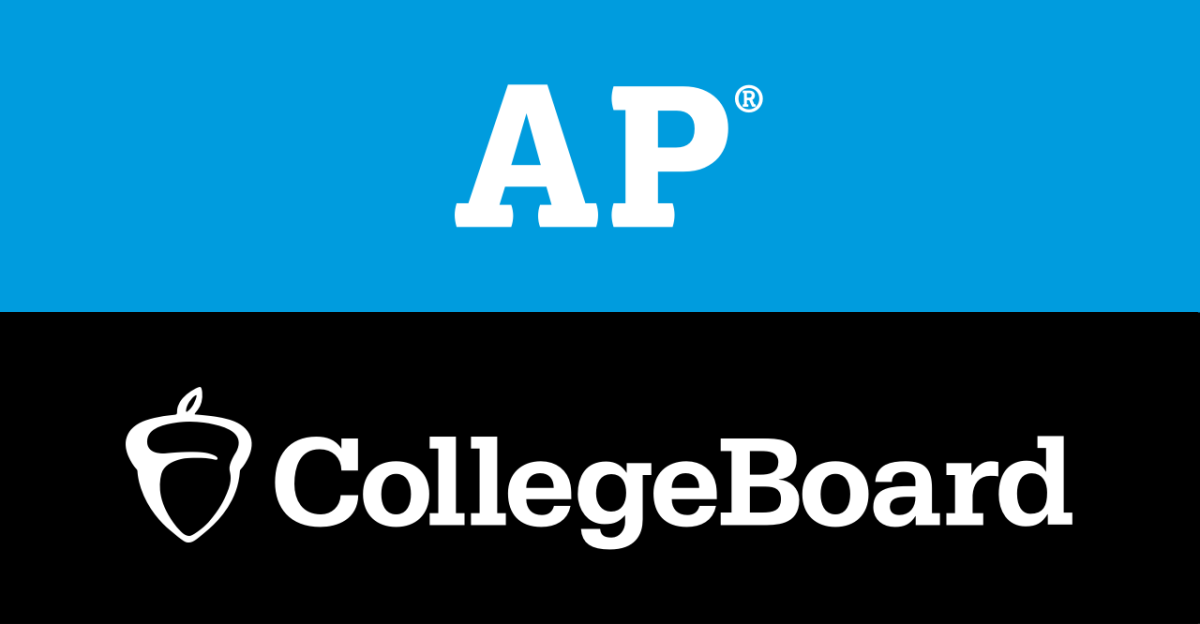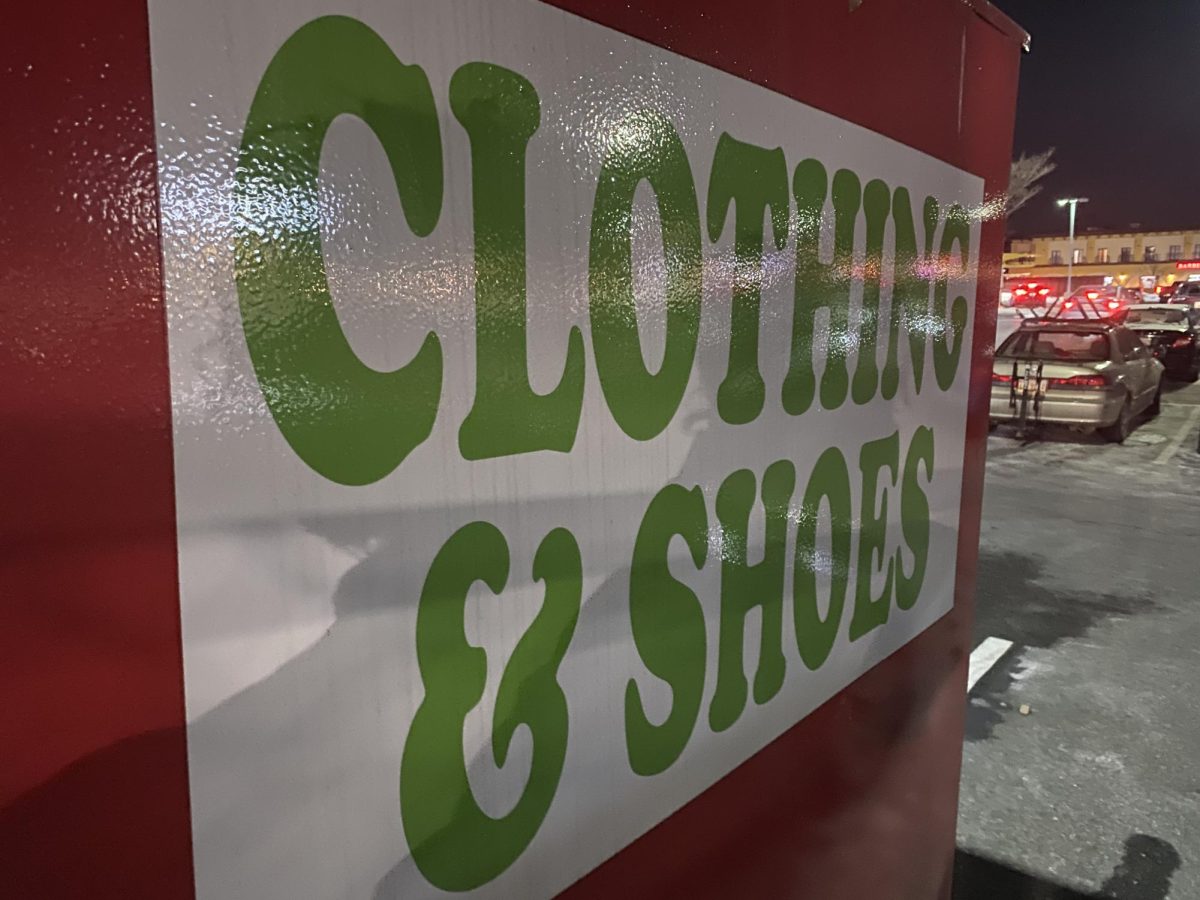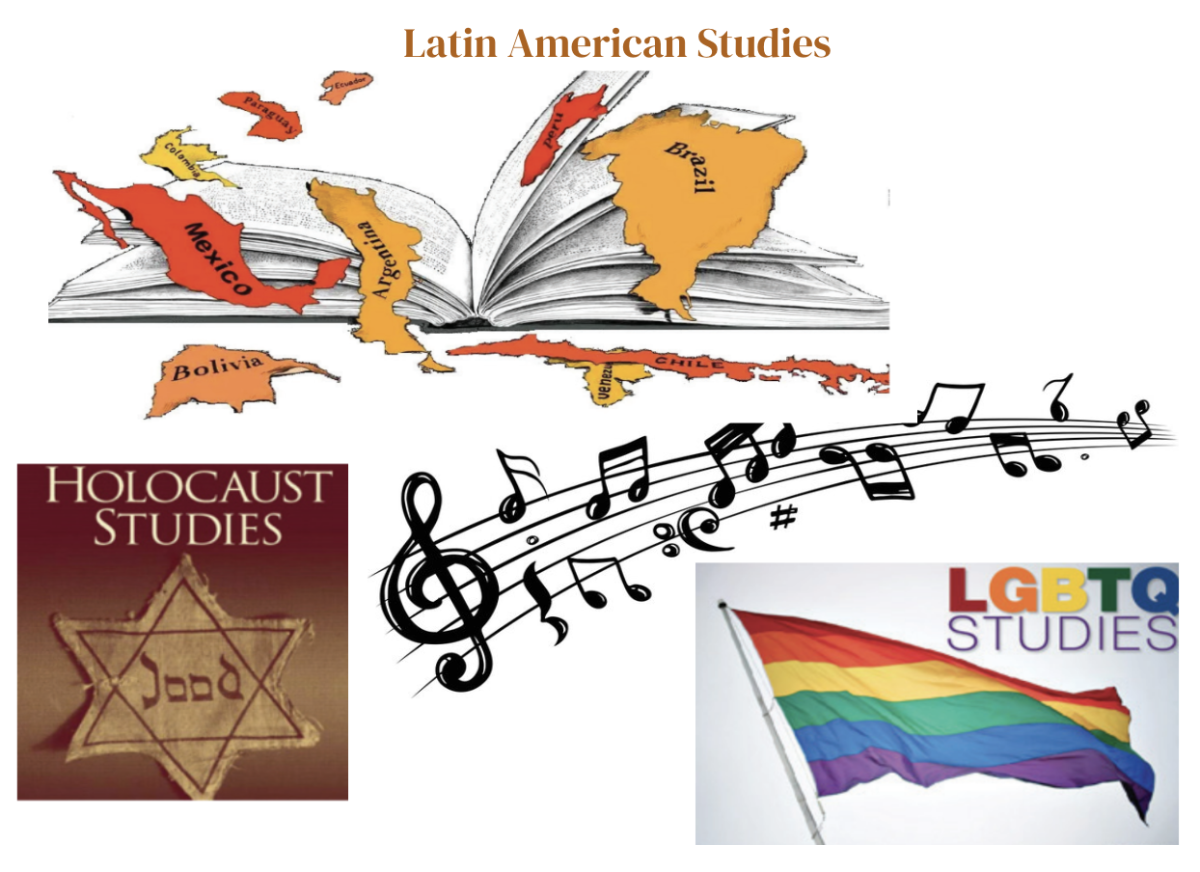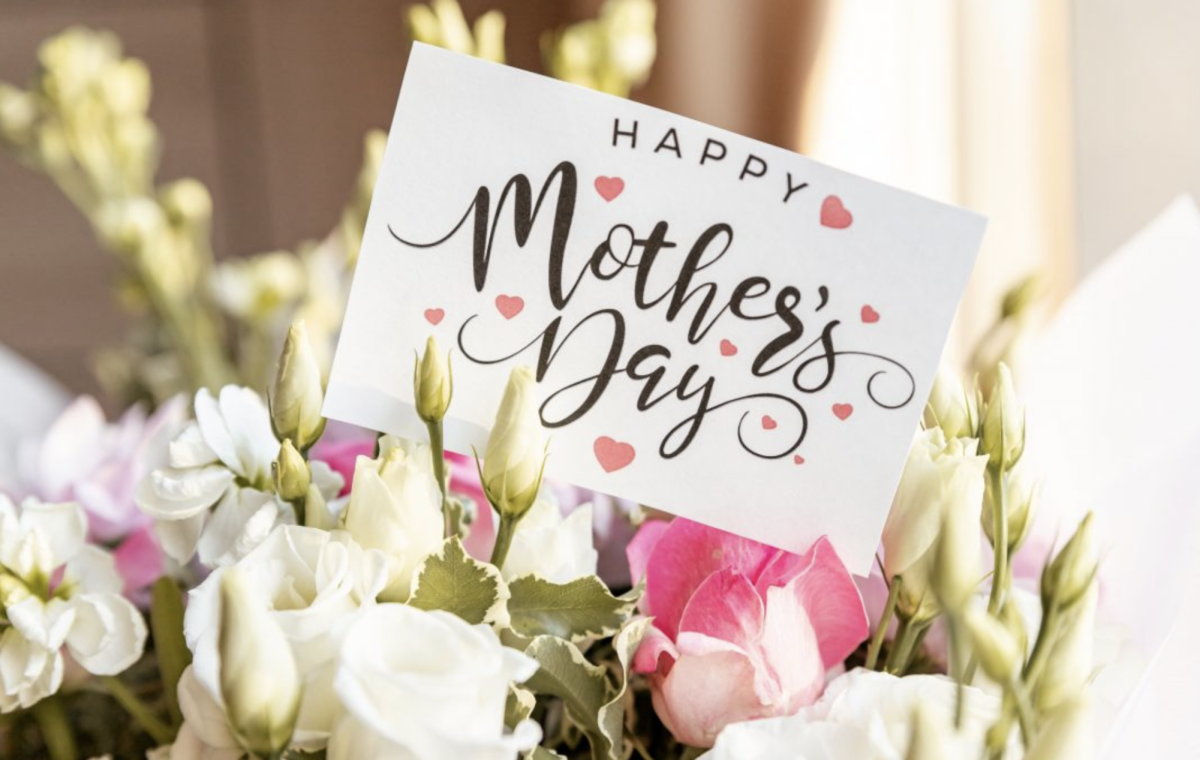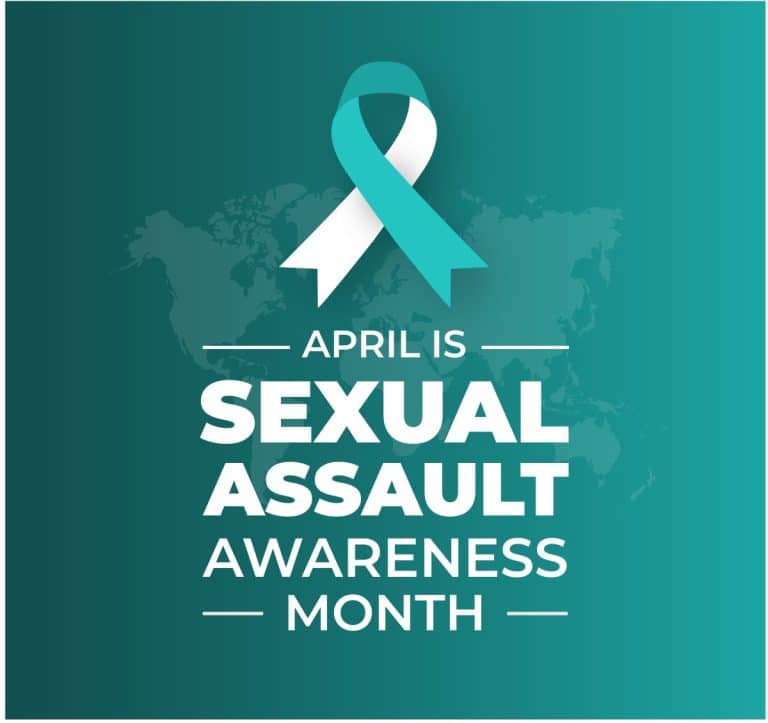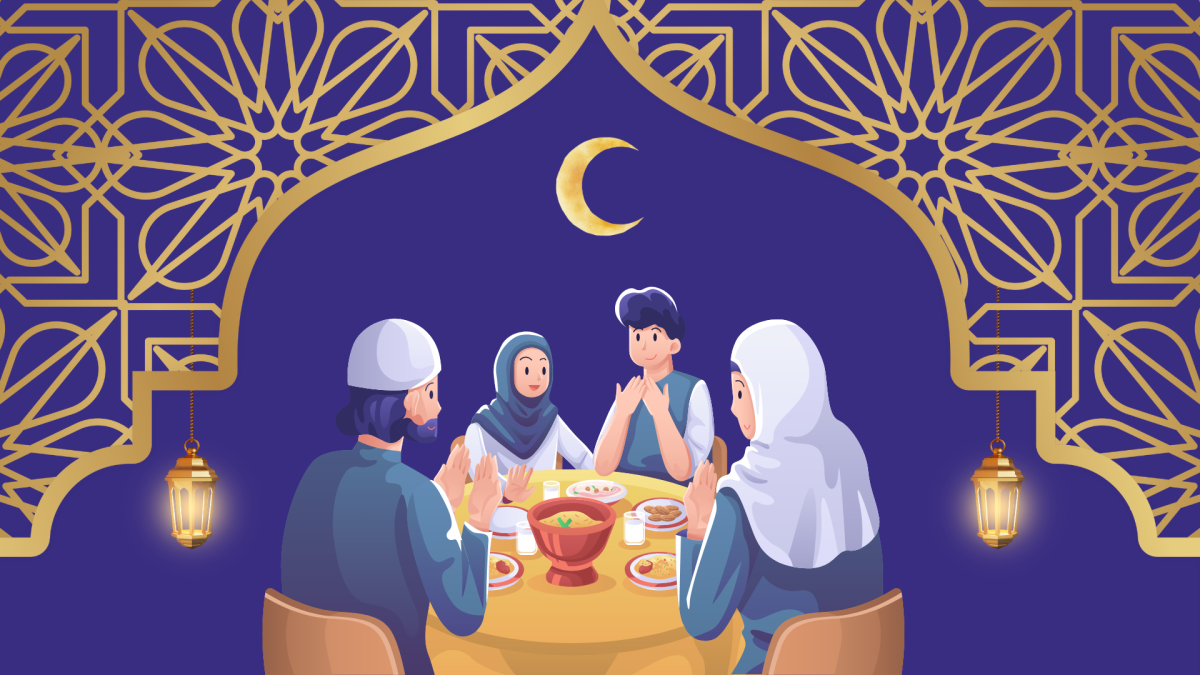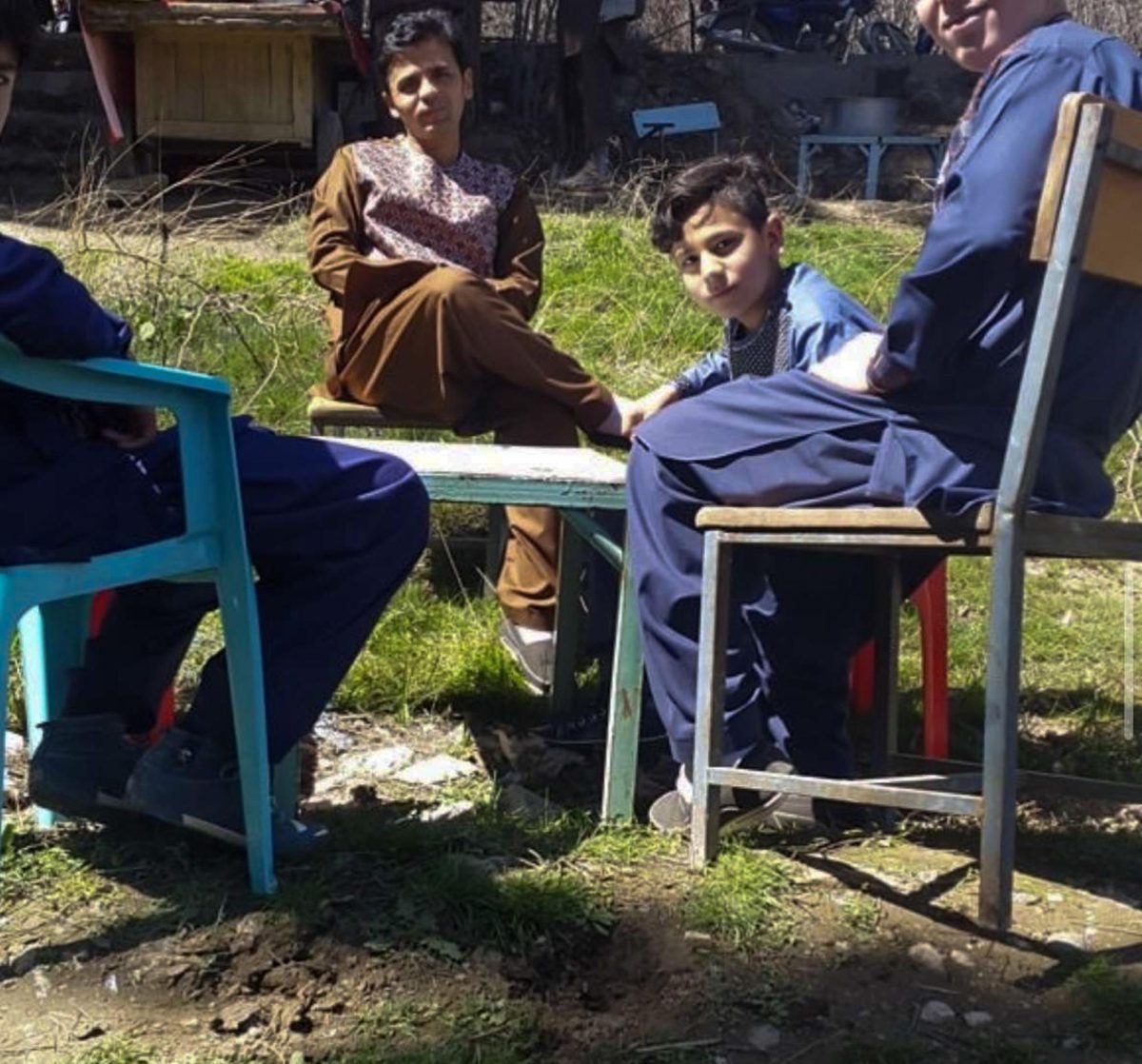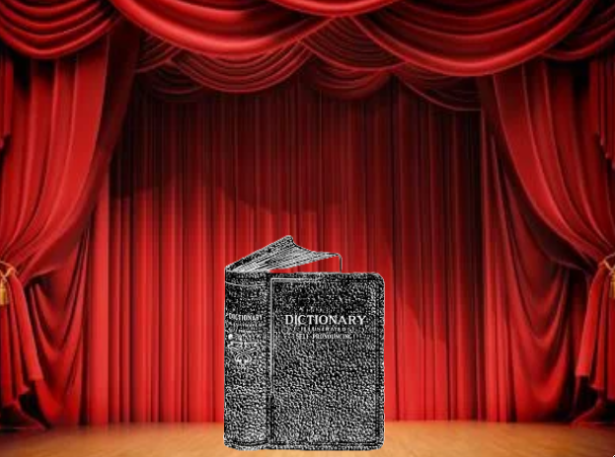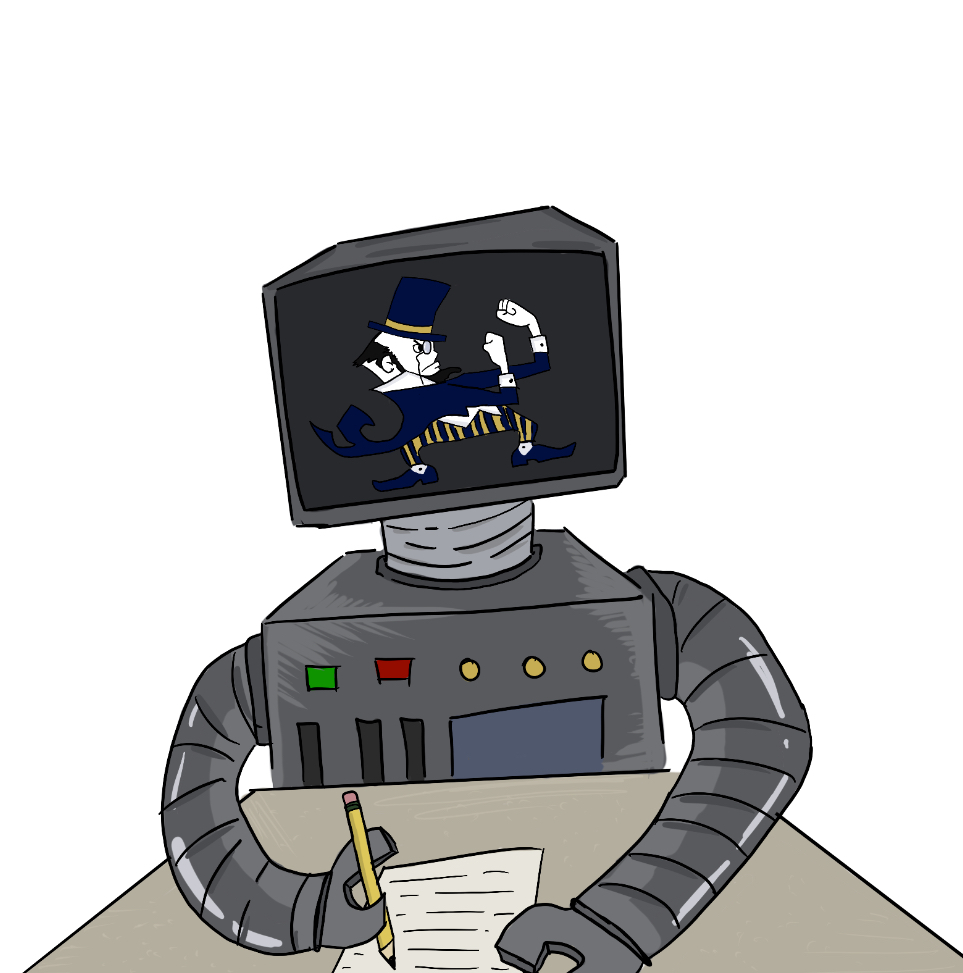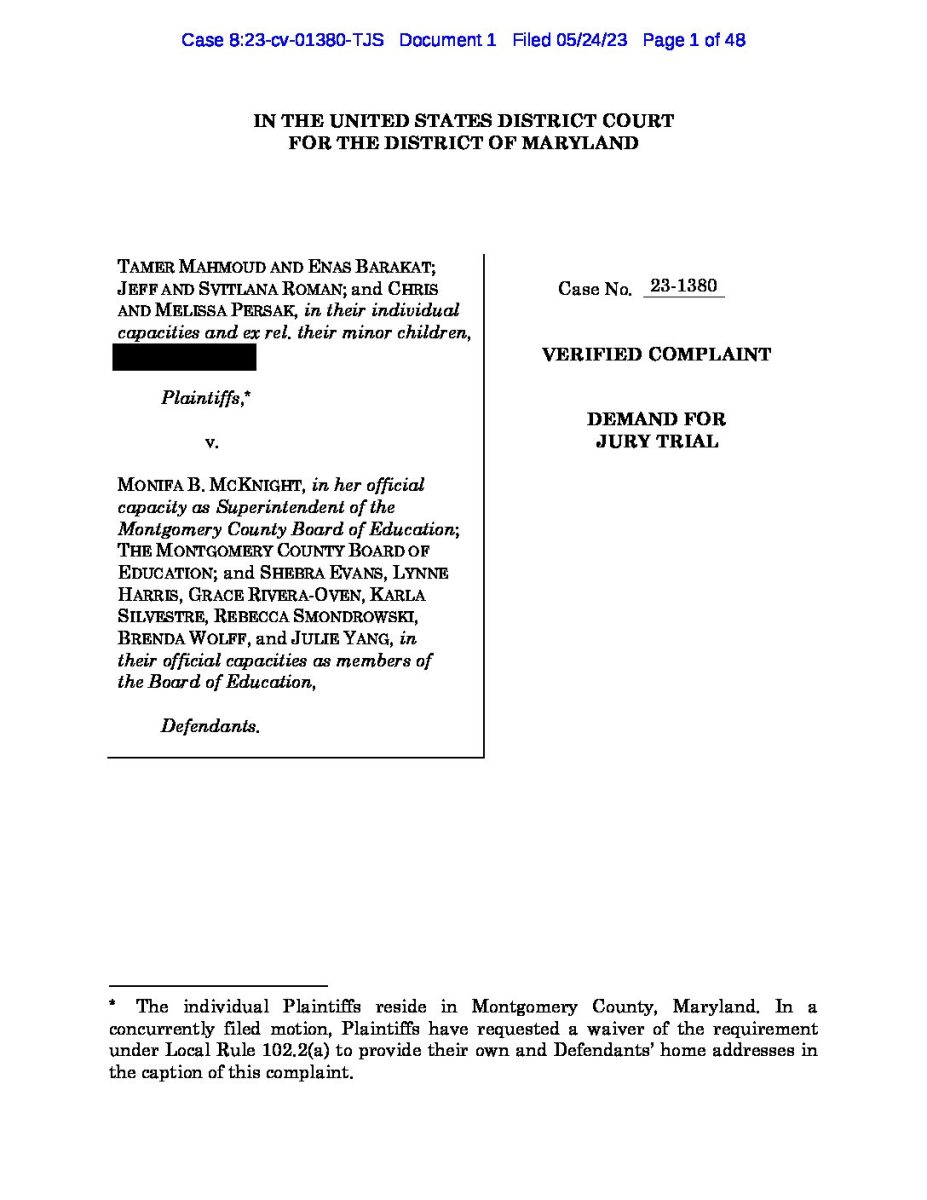Moves is the Move
Dance moves and diversity. Discover how both thrive at B-CC Moves.
It’s no secret that B-CC has a predominantly white student body. Nestled in the middle of Bethesda and the surrounding wealthy Chevy Chase: it’s suburban utopia. The area was designed to be exclusively white, and little has changed in over a century. Safe havens for POC are few and far between, but B-CC Moves has become a harbor for dancers of color.
“One thing I love about B-CC moves [is] how diverse it is, ” voiced Mael, one of the assistant choreographers for the dance team. “That was a huge aspect for the founder. She wanted a diverse group, and it’s always been that way.”
There is no shortage of B-CC clubs and sports teams, and Moves is just one of three dance teams at the school, excluding cheer. However, Moves focuses almost exclusively on hip-hop dance and self-expression, separating them from the other dance-oriented groups. The group’s desire to cultivate an accepting and diverse community shines through. Group President Raia stated, “I think anyone can dance. I mean, as long as you have some sort of guidelines.”
“B-CC is very diverse. But also there is a divide between POC students and white students,” added Vice President Nalia, “so [to] have a team where we can all just be ourselves helps me escape from other stuff going on in the school environment.”
The group dynamic feels tight-knit and non-hierarchical. “I am friends with a lot of the people on the team. The leaders meet or talk after school all the time, over FaceTime or in person,” noted Nalia when asked if the group was as close as they seemed at after-school practice.
“It’s like a community we can always come back to,” added Scarlett, another assistant choreographer for the team.
Despite this racial and ethnic diversity, Mael is the only guy on the team. Mael’s stature stands out at Moves’ performances. Though he explains, “In terms of just fitting in choreo[ography] wise, I tend to be flexible, I like to dance [with both] femininity and masculinity. I’m grateful I can because it doesn’t hold me back.”
“When it comes to being a guy, sometimes it’s a bit harder to find a place where I fit in well. I like things to be symmetrical [and] I can’t always have an opposite because there’s not going to be many girls who are my height. So I’ll often have to be center, or I might have to [be] center back.”
Moves dances are always attention-grabbing.
“I think we have very original choreography between the President and Vice President. This new choreography. We all come up with our different styles. And I think lots of people enjoy watching us because we’re different every time,” noted Raia; she is the President this year and VP last.
Raia, Nalia, Mael, and Scarlett, who was only present at the end of the interview, make up the four leaders of the dance team, splitting up the choreography.
“I try to make, like, at least ten different dances per year, but only a few make it to the performance setting,” stated Nalia.
“Sometimes I’ll teach like a fun class with my choreography.”
Though she and Raia bear the brunt when creating dances, the other members’ work does not go unnoticed.
Mael’s process usually begins with the task of picking music for dances: “So if there’s a song I like, it just tends to come naturally. And then I started to make it a full idea by adding to it.” As Moves focuses on hip-hop, the selected songs are usually pop and female rappers and the fast beats pace of the accompanying moves.
Though this is not always the case, as Moves’ diversity has allowed them to delve into traditional dances.
“It’s important, especially when we start to get more cultural parts of the dance, to have different perspectives and different minds. Last year, my friend Shanela, who is Sri Lankan, we did a dance from her culture,” noted Mael, “Having a mixing pot of cultures, and minds, and race just really helps us have more range in a sense.”
As it is apparent whenever observing performances, the group moves in synchronicity. And no one looks out of place.
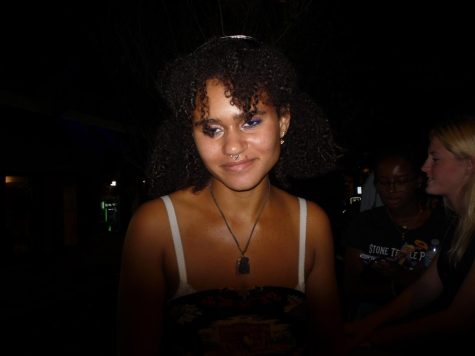
Nabou Thiam, a B-CC junior, serves as a Tattler writer and specializes in Features. With her drive and passion for writing, she's taken several summer...



